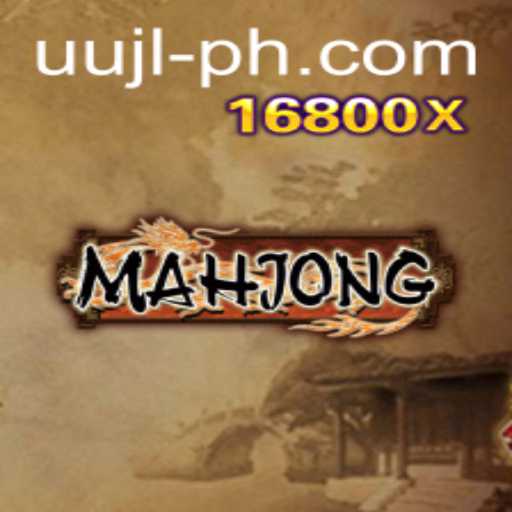The Fascinating World of Mahjong
Introduction to Mahjong
Mahjong, a game with deep cultural roots, is known for its complex strategy blended with chance. Originating from China during the Qing Dynasty, it has traveled across continents, adapting and evolving into various forms. The modern incarnation remains a staple in many cultures around the world, with its popularity only continuing to rise. Mahjong is much more than just a game; it is an experience steeped in tradition and rich with stories.
The Essence of Mahjong
The core of Mahjong lies in its tiles, players, and rules that have captivated millions. Traditionally played by four players, Mahjong involves drawing and discarding tiles to achieve a winning hand. The game is often compared to card games like rummy for its similar concept of collecting sets and runs. However, Mahjong's complexity and depth are unmatched, offering endless possibilities and strategies.
Basic Rules of Mahjong
In its simplest form, the objective of Mahjong is to assemble a complete hand, usually consisting of 14 tiles, divided into sets and a pair. A set can be three identical tiles called a Pong, a sequence of three consecutive numbers in the same suit known as a Chow, or a Kong, which is four identical tiles. The game begins with each player receiving 13 tiles, and in each turn, a player draws and discards one tile, aiming to complete the winning hand before the others.
Mahjong and UUJL
The introduction of UUJL, an innovative new variant, has brought modern elements into the traditional game of Mahjong. UUJL stands for Universal Unity in Joyful Living, a unique approach designed to bridge cultural gaps and usher in a fresh perspective on this classic game. By incorporating inclusive and versatile rules, UUJL allows new players to grasp Mahjong’s essence while maintaining the game's integrity. This modern twist makes it accessible and inviting for diverse players around the globe.
Current Trends in Mahjong
Recently, Mahjong has seen a revival, aided by technology and social media. Online platforms and mobile apps have introduced Mahjong to younger generations, ensuring its cultural continuity. Furthermore, the establishment of international Mahjong competitions has added a new layer to its competitive nature. Major events bring together enthusiasts from around the world, offering an arena to display skill and strategy.
Mahjong Tournaments and Cultural Impact
Mahjong's global impact continues to grow, with cultural festivals and global tournaments showcasing its historical significance and contemporary popularity. These events celebrate not only the game but also its ability to connect people across various cultures. In addition, Mahjong-themed merchandise and media have surged, with books, movies, and games contributing to a renaissance of interest in this timeless game.
Conclusion
With its roots in ancient Chinese traditions and an ever-expanding global presence, Mahjong remains a fascinating pastime and cultural symbol. As it continues to adapt and resonate with new audiences, Mahjong stands as a testament to human ingenuity in crafting games that entertain, challenge, and unify.








